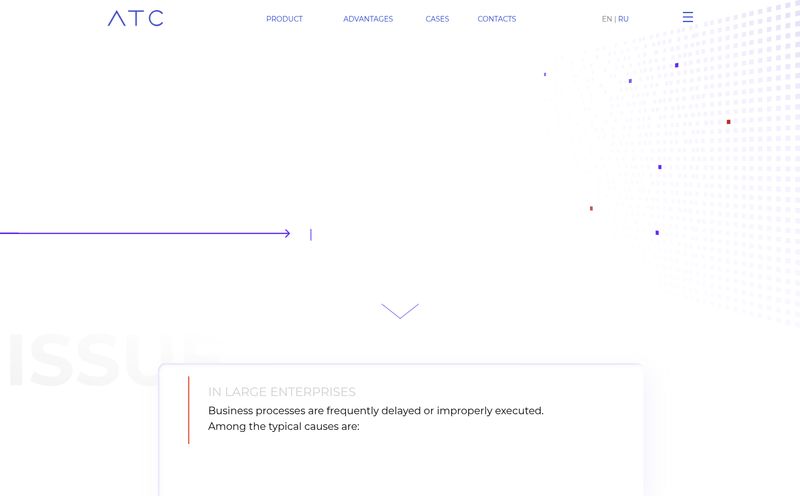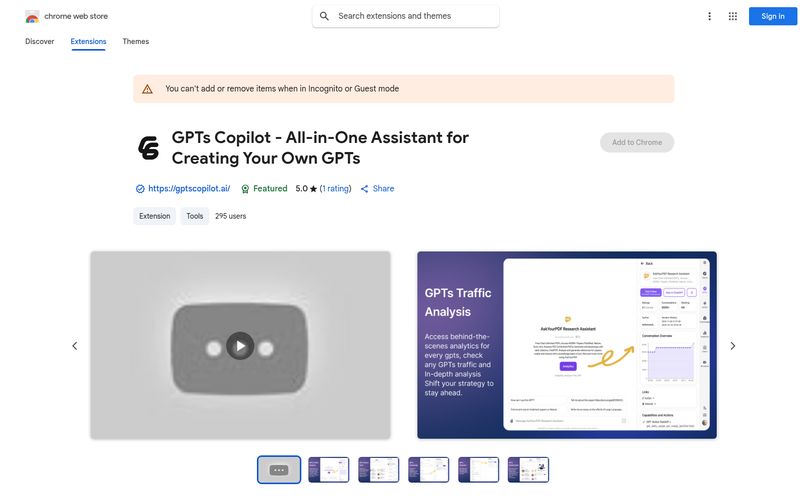I’ve been in the digital marketing and traffic game for a long time. Long enough to remember when “telematics” meant a clunky black box you plugged into your car’s OBD-II port, promising a small discount on your insurance in exchange for… well, for tracking your every move. It always felt a bit like a Faustian bargain. Sure, you might save 50 bucks, but some faceless company now has a map of your entire life. No thanks.
That’s why, when I first stumbled upon Sentiance, something clicked. They’re playing in the same sandbox—mobility data, driver safety, insurance tech—but their whole approach is fundamentally different. It's a shift in perspective that feels so obvious in hindsight. They focus on the driver, not the vehicle. And they do it all from the one device we never leave home without: our smartphone.
This isn't just another tracking app. This is something else entirely.
So, What is Sentiance, Really?
Let's cut through the jargon. Sentiance is a technology platform that uses the sensors in your smartphone (the accelerometer, gyroscope, GPS) to understand how you move. It’s not just about driving. It can figure out if you're walking, running, cycling, or on public transport. But its application in road safety is where things get really interesting.
Instead of a physical dongle in your car, a company (like an insurer or a ride-sharing service) integrates the Sentiance SDK (Software Development Kit) into their own mobile app. From that point on, the tech works quietly in the background. It’s like having a PhD-level data scientist living in your phone's processor, dedicated to understanding your driving habits for one purpose: to make things safer and fairer. A far cry from the old school 'Big Brother' telematics I've always been wary of.

Visit Sentiance
The On-Device AI is The Secret Sauce
Here’s the part that really got my attention as a tech enthusiast. The magic of Sentiance is that almost all the heavy data processing happens on your device. This is a massive deal, and here’s why.
Privacy by Design, Not by Afterthought
In a world reeling from data breaches and privacy scandals, sending raw, minute-by-minute location and sensor data to a central server is a huge liability. It’s a treasure trove for hackers. Sentiance sidesteps this almost completely. By processing the data on the phone itself, it only needs to send tiny packets of refined insights to the cloud (e.g., “Trip A was 95% safe,” not the entire GPS trail of Trip A). This approach is inherently GDPR-compliant and just… smarter. It builds trust from the ground up, which is something you can't put a price on.
Crash Detection That Could Genuinely Save Lives
This is one of their flagship features. Because the AI is constantly analyzing motion patterns, it can detect the unique signature of a car crash with over 95% accuracy. Think about that for a second. An app on your phone can detect a serious accident and could automatically trigger a notification to emergency services or a designated contact. This isn't theoretical; it's a feature that can dramatically reduce response times in those critical moments after an incident. We've seen similar features from Apple, but Sentiance provides this capability to any company that wants to build it into their app ecosystem.
More Than Just Driving Insights
While the driver safety angle is the headliner, the platform is surprisingly broad. It can generate insights into a user's general mobility, like their carbon footprint from transportation choices. It can even infer lifestyle segments based on mobility patterns. For an insurance company, this is gold. Are you a low-mileage homebody or a constantly traveling road warrior? This data allows for hyper-personalized products and engagement, moving beyond just penalizing you for braking too hard.
"Right from the dark, we felt we had found the right partner for our journey..."
This quote from their site, though a bit dramatic, probably captures the feeling of a company that's been struggling with the old, clunky way of doing things. Finding a software-first, privacy-first solution must feel like a breath of fresh air.
The Good, The Bad, and The SDK Integration
Okay, let's get real. No platform is perfect. As an analyst, I have to look at the whole picture.
The upsides are clear and compelling. The high accuracy is proven, the on-device processing is a massive win for privacy and efficiency, and the technology is built to scale for millions of users without massive server costs. It’s modular, so a company can pick and choose the insights they need. They even have dedicated focus on two-wheeler technology, which is a huge and often overlooked market in the mobility space.
However, there are hurdles. The biggest one is that this isn’t an off-the-shelf app you just download. It requires SDK integration. That means a business needs a development team to bake the Sentiance technology into its existing mobile application. It's not a weekend project. This immediately limits the customer base to companies with the resources to do so.
There's also a potential dependency on the user's phone. An older phone with a less-sensitive gyroscope or a user who constantly has their battery-saver mode on might not provide teh best data. And of course, the AI models that make all this work require continuous updates and maintenance from Sentiance to stay sharp, which is an operational demand on their end.
So, What's the Price Tag?
This is the big question for any business looking to adopt new tech. I scoured their site, and there's no public pricing page. This is typical for enterprise-grade B2B platforms like this one. Pricing is almost certainly customized based on factors like:
- The number of active users
- Which modules you need (e.g., just crash detection vs. the full mobility suite)
- The level of support required
My advice? Don't expect a simple SaaS-style monthly fee. You'll need to get in touch with their team for a custom quote that fits your specific use case. It’s an investment, not a line-item expense.
My Final Verdict on Sentiance
I’ve seen a lot of tech fads come and go. But Sentiance feels different. It feels like part of a larger, more important trend: the shift toward edge computing and user-centric privacy. They're not just selling data; they're selling intelligent, actionable insights while respecting the end-user. It's a subtle but profound distinction.
For industries like insurance, logistics, and even employee wellness, this kind of technology is the future. It allows for fairer pricing, proactive safety measures, and a more trusting relationship with customers. The initial development effort of integrating the SDK is a barrier, yes, but for the right company, the long-term payoff in customer loyalty, reduced fraud, and genuinely contributing to road safety seems undeniable. They're trying to save lives with data, and that’s a mission I can get behind.
Frequently Asked Questions about Sentiance
- What makes Sentiance different from traditional telematics?
- The main difference is that Sentiance is software-based, residing on a smartphone, and processes data on the device itself. Traditional telematics usually requires a physical hardware device installed in the car that sends raw data to a server. Sentiance focuses on the driver's behavior via their phone, with a strong emphasis on privacy.
- How does Sentiance ensure user privacy?
- Their core architecture is built around a concept called 'Privacy by Design'. By performing most of the data analysis directly on the user's phone (on-device AI), they minimize the amount of sensitive, raw data that needs to be sent to the cloud. This makes them inherently more private and compliant with regulations like GDPR.
- How accurate is Sentiance's crash detection?
- Sentiance claims an accuracy rate of over 95% for its crash detection feature. It uses the phone's built-in sensors to analyze the specific motion patterns of a collision, allowing for fast and reliable alerts.
- What industries can benefit from Sentiance technology?
- The primary industries are insurance (for Usage-Based Insurance or UBI), fleet management, ride-sharing services, and mobility-as-a-service platforms. However, the insights could also apply to corporate wellness programs or smart city initiatives.
- Do users need to install special hardware in their cars?
- No. That's one of the key advantages. The entire system works through an app on the user's smartphone, eliminating the need for any physical hardware installation in the vehicle.
- How does the platform handle different modes of transport?
- The AI is trained to differentiate between various modes of transport, including driving a car, riding a motorcycle, using public transit, cycling, and walking. This allows for a more complete picture of a user's overall mobility.



